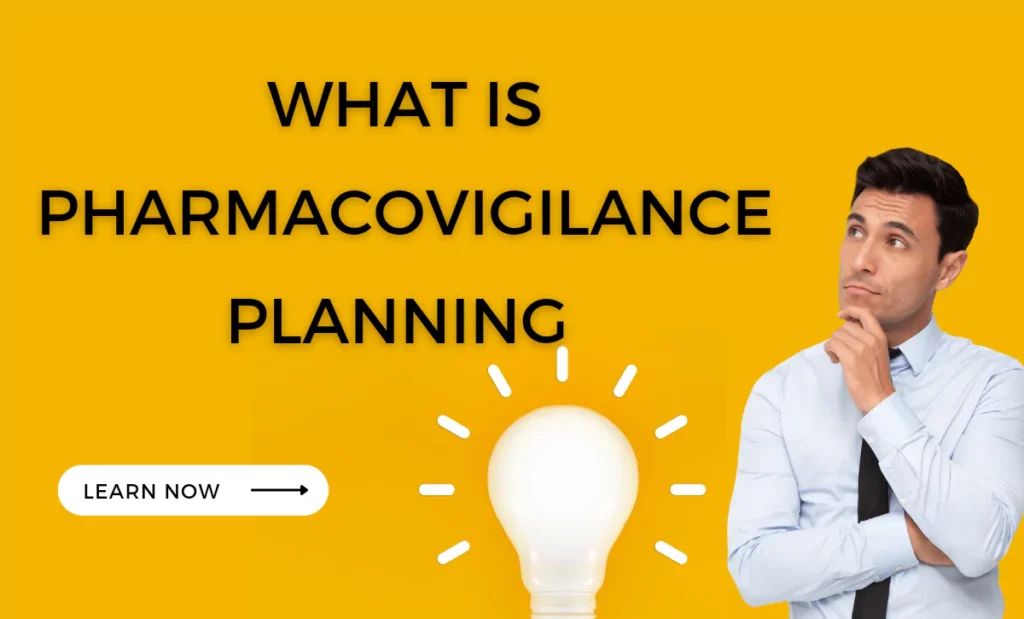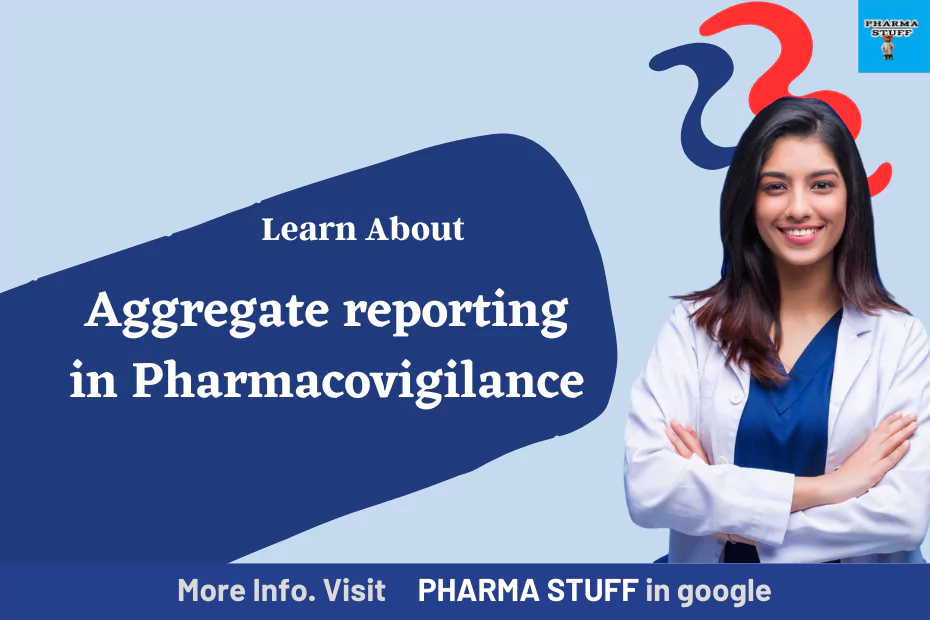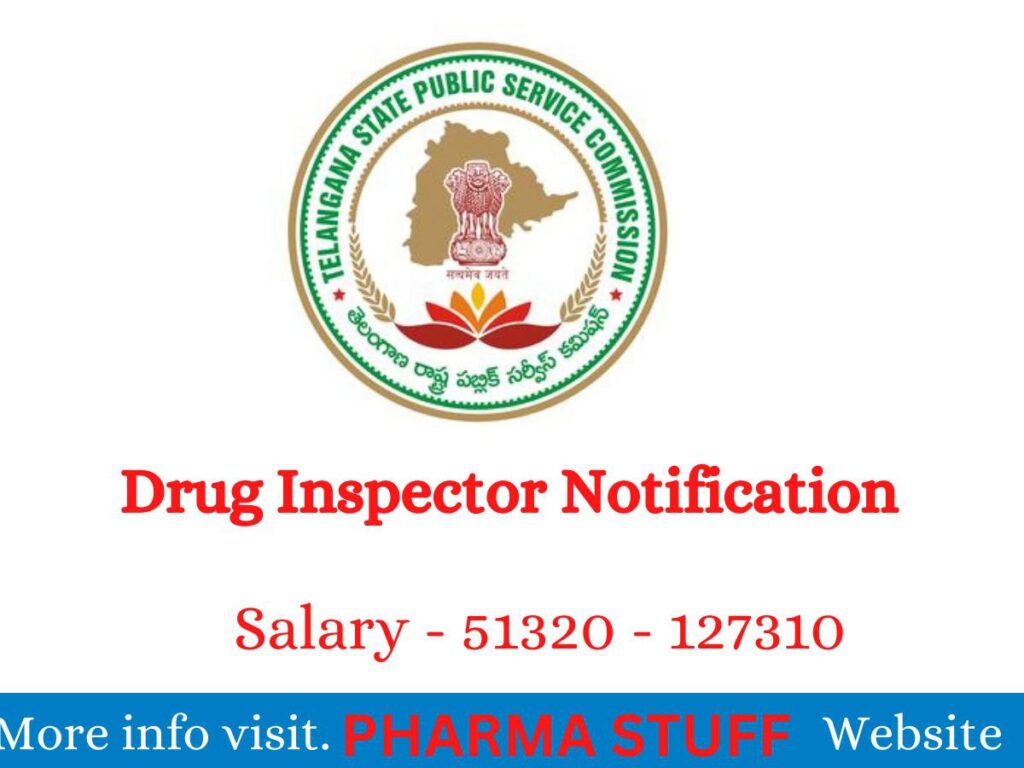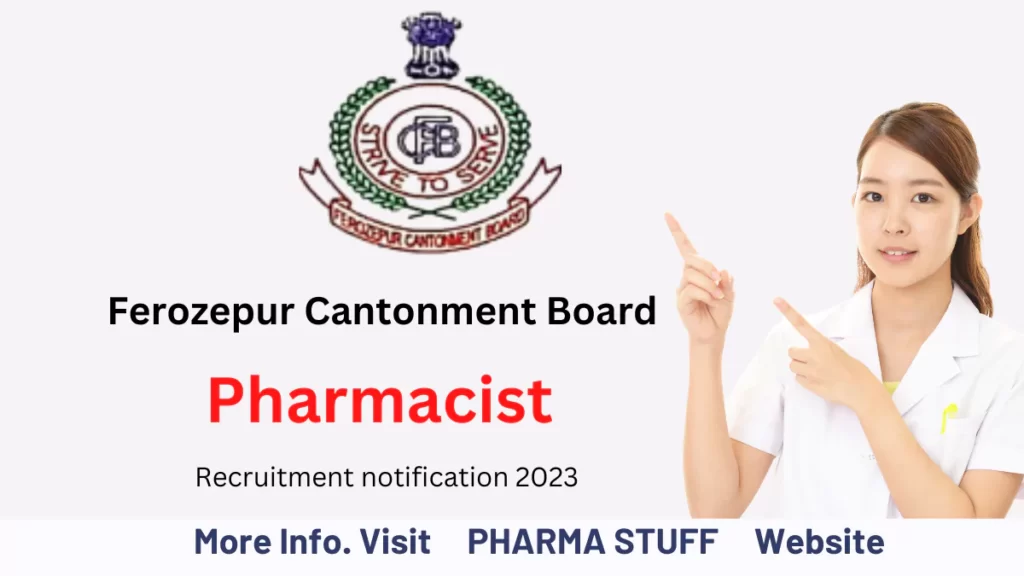What is Pharmacovigilance planning

Introduction
The pharmacovigilance activities are mainly used for the early post-marketing period of new drugs and their safety specifications.
These all should be submitted at the time of licensed application. It is used to protect our health by identifying the risks involved in these pharmaceutical products and other medicinal products.
Patient safety is the fundamental principle of the pharmacovigilance department.
These pharmacovigilance departments are
involved with individuals who ever work with industry, regulators, healthcare professionals,
and patients.
We have to draw basic planning of this. How to do it, what to do, when to do etc. all the things are to be planned in a basic way. then implement it for advanced technologies and then decide how to implement it for all these safety specifications.
All the ADRs and ADEs are to be minimized by using these plans.
Definition of Pharmacovigilance: According to the World Health Organization Pharmacovigilance means the science and activities relating to the collection detection, evaluation, monitoring, and prevention of adverse drug reactions with pharmaceutical products or any other drug-related problems.
👉 Never Miss a Pharma Job Again
💼 Join our LIVE WhatsApp Group & Get Instant Updates. 📢 Click below to join:
📱 Join Click HereAdverse drug reaction: Any untoward signs and symptoms which may be possibly related to the drug.
Adverse drug event:
Any untoward medical occurrences which may or may not be related to the drug.
Safety specifications:
The common technical document (CTD) is used especially for the overview of safety
benefits and risk conclusions. Sponsors should support the safety specifications with
references to the safety page of the CTD or any other relevant documents. This safety
specification is intended to help industry and regulators and also needs to identify the
safety data collection of the pharmacovigilance plan. To identify the protection
requirements that
ensure the system failures that do not cause any injury or death or any environmental
damage.
- Risk identification = Hazard identification
- Risk analysis = Hazard assessment
- Risk decomposition = Hazard analysis
- Risk reduction = Safety requirements specification.
Pharmacovigilance plan:
This plan gives guidance on the structure of the pharmacovigilance plan. This plan is designed should be based on safety specifications. The plan is normally developed by the sponsor and it is discussed with regulators during product
development before the approval stage of a new pharmaceutical product. It should be sufficient for post-approval safety monitoring. The pharmacovigilance plan should be updated as important information on safety becomes available and milestones are reached
- It describes activities and proposed actions to address safety concerns.
- It involves the collection and assessment of AE data, post-approval safety studies, and registries.
- It also involves nomenclature-based tracking of AEs reported to FDA or biosimilar manufacturers.
This plan is of 2 types;
- 1- Routine pharmacovigilance
- 2- Additional pharmacovigilance
Routine pharmacovigilance:
It includes;
- Collection, follow-up, and reporting of adverse events.
- Analysis of data and reporting on periodic adverse drug reactions.
Additional pharmacovigilance:
It includes;
- Clinical trials.
- Post-authorisation safety studies.
- Drug utilization studies.
- Patient registries.
- Physician surveys.
- Prescription events.
Conclusion
Identify the risks involved in pharmaceutical products or any other medicinal products. Report adverse drug reactions and adverse drug events are to be reported by using pharmacovigilance planning. Safety specifications are maintained throughout the process.






